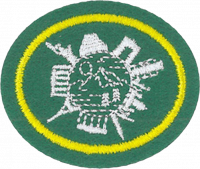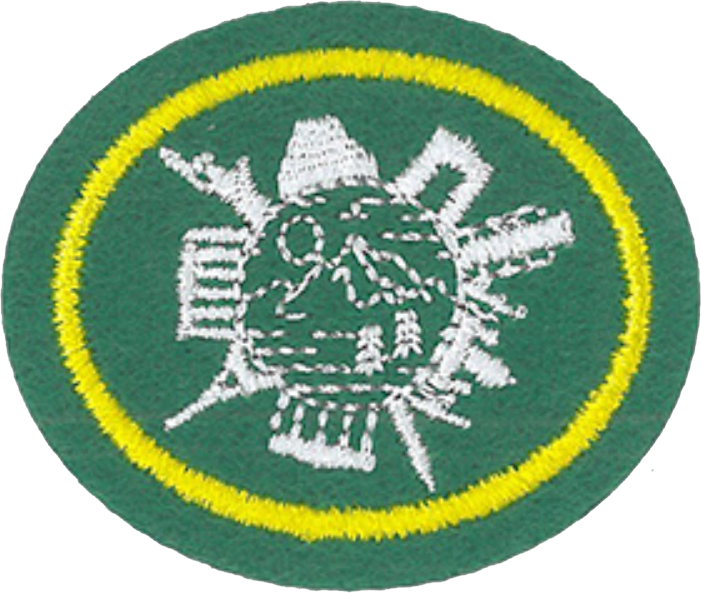AY Honor National Parks and Heritage Sites Answer Key
Skill Level
1
Year
2021
Version
19.04.2024
Approval authority
North American Division
1
1a
A national park is a site or area that a national government has set aside with protection from development, changing, or specific types of use, because the land or area is considered special or valuable due to the scenery, history, or scientific importance. In the United States, the National Park Service Act of 1916 set up the National Parks System to establish and maintain national parks, monuments, and other places of significant national importance.
1b
UNESCO stands for United Nations Educational, Scientific and Cultural Organization. It was founded on November 16, 1945, and part of its mission is to preserve and maintain sites worldwide that are significant to, you guessed it, education, science, and culture! In contrast to the national parks systems set up by a single nation, the UNESCO organization oversees sites that have global significance, regardless of the site's location.
It is important to note that a specific site can be a national park or historic site as well as a UNESCO World Heritage site. For example, the United State's Mesa Verde National Park, Yellowstone National Park, and Hawaiʻi Volcanoes National Park are all UNESCO World Heritage Sites, as well as the United State's Statue of Liberty, Independence Hall, and Papahānaumokuākea National Monument.
2
2a
i
Although the concept of national parks had been around for several hundred years already, the United States was the first to take major steps to create a system for the creation, preservation, and management of national parks and historic sites.
ii
There were hundreds, if not thousands of individuals who contributed to the establishment and protection of national parks, but several of note include individuals like Presidents Abraham Lincoln, Ulysses S. Grant, and Theodore Rosevelt, geologist Ferdinand V. Hayden, photographer William Henry Jackson, painter Thomas Moran, and naturalist John Muir.
iii
The purpose of protecting areas of natural significance allowed the government to preserve and police it while still allowing it to be used for public enjoyment. There were fears that areas of national importance, especially areas of unique natural formations and scenery would be damaged or destroyed, or that these areas could be purchased by private property owners who might keep the rest of the public from enjoying the unique nature that the country had to offer. By reserving these areas, not only were these people protecting the land for future enjoyment, but they were preventing it from being sold to someone who might not allow others to enjoy the land.
iv
If you live in the United States, you can easily find national parks or historic sites near you by going to the National Park Service's website (https://www.nps.gov/findapark/index.htm). For those in Canada, you can visit the Parks Canada website (https://www.pc.gc.ca/en/voyage-travel/recherche-tous-parks-all). For those living outside the United States or Canada, visit the website of the organization that oversees your country's national parks and historic sites.
2b
i
The process of establishing the first UNESCO World Heritage sites began in 1972, but the first UNESCO sites were officially designated in September of 1978.
ii
The purpose of the creation of UNESCO sites was conservation of places that had significance to world history, science, culture, and education. The official statement said that creating these sites would help to preserve "the achievements of our time, the values of the past and the beauty of nature.”
iii
Twelve sites were included in the original selection of UNESCO World Heritage Sites, including:
- Aachen Cathedral (Germany)
- City of Quito (Ecuador)
- Cracow’s Historic Centre (Poland)
- Galapagos Islands (Ecuador)
- Island of Goree (Senegal)
- L’Anse aux Meadows National Historic Park (Canada)
- Mesa Verde National Park (United States)
- Nahanni National Park (Canada)
- Rock Hewn Churches (Lalibela, Ethiopia)
- Simien National Park (Ethiopia)
- Wieliczka – salt mine (Poland)
- Yellowstone National Park (United States)
iv
To find a UNESCO World Heritage Site near you, you can visit the UNESCO World Heritage Site webpage (https://whc.unesco.org/en/list/).
3
4
5
5a
5b
5c
5d
5e
5f
6
6a
6b
6c
6d
7
7a
7b
7c
7d
7e
i
ii
iii
iv
7f
7g
7h


